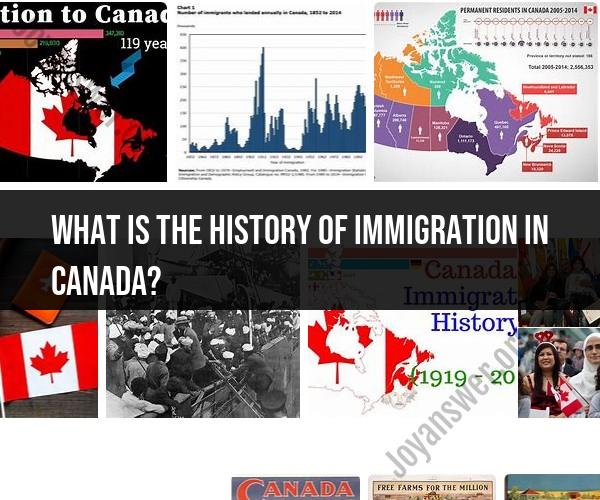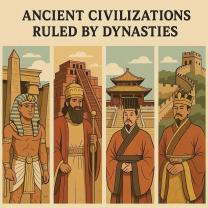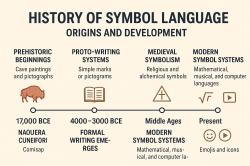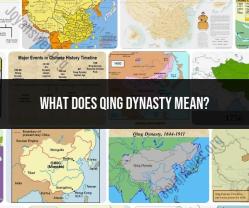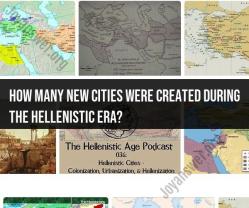What is the history of immigration in Canada?
The history of immigration in Canada is a complex and multifaceted story that spans centuries. Here is a brief historical overview of immigration in Canada:
Indigenous Peoples: Before European colonization, Canada was home to diverse Indigenous communities who had lived on the land for thousands of years. These communities had their own distinct cultures, languages, and territories.
European Colonization: The arrival of European explorers and settlers in the 15th and 16th centuries marked the beginning of significant changes in Canada. European powers, including France and England, established colonies in what is now Canada, leading to cultural clashes and conflicts with Indigenous peoples.
French and British Immigration: In the 17th century, France and Britain established colonies in Canada. French settlers, known as "habitants," primarily settled in what is now Quebec, while British settlers established communities in the Atlantic provinces.
Acadian Expulsion: In the mid-18th century, the British expelled the Acadians, descendants of French settlers in Nova Scotia, which resulted in forced migrations and the dispersal of Acadian communities.
Loyalist Migration: After the American Revolution, thousands of Loyalists (loyal to the British Crown) migrated to Canada, particularly to Ontario and the Maritimes, seeking refuge and land.
Irish Immigration: In the 19th century, a significant wave of Irish immigration occurred, driven by the Great Famine (1845-1852). Many Irish immigrants settled in Canada, particularly in Quebec and Ontario.
Chinese Immigration: In the late 19th century, Chinese immigrants came to Canada to work on the construction of the Canadian Pacific Railway. They faced significant discrimination and hardship.
Early Immigration Policies: Canada introduced immigration policies to regulate the entry of newcomers. The Chinese Immigration Act of 1885 imposed a head tax on Chinese immigrants, while the Immigration Act of 1910 established a preference for British and European immigrants.
Post-World War II Immigration: After World War II, Canada adopted more inclusive immigration policies, including the Immigration Act of 1952, which replaced discriminatory measures. Canada actively sought immigrants to help build the country and strengthen its economy.
Multiculturalism: In 1971, Canada officially adopted a policy of multiculturalism, recognizing and celebrating its diverse cultural communities. This policy has since become a hallmark of Canadian identity.
Refugee Resettlement: Canada has a history of accepting refugees from various conflicts, including the Hungarian Revolution (1956), the Vietnamese boat people (late 1970s), and the Syrian refugee crisis (2015).
Contemporary Immigration: Canada continues to be a destination for immigrants from around the world. Immigration policies emphasize economic, family reunification, and humanitarian objectives.
Indigenous Reconciliation: Canada is engaged in a process of reconciliation with its Indigenous peoples, acknowledging the historical mistreatment of Indigenous communities and working toward equity and justice.
Canada's history of immigration has contributed to its rich cultural diversity and multicultural society. It is a country that values immigration as a driving force for its growth, prosperity, and national identity.
Tracing the Roots: A Historical Overview of Immigration in Canada
Canada has a long and rich history of immigration, dating back to the arrival of the first Indigenous peoples thousands of years ago. European settlers began arriving in the 16th century, and immigration has played a key role in shaping Canada's identity and culture ever since.
In the early years of European colonization, most immigrants to Canada were from France and the British Isles. However, the country's population began to diversify in the 19th century, as immigrants from Germany, China, and other parts of Europe arrived.
Immigration to Canada slowed down in the early 20th century, but it picked up again after World War II. During this period, Canada welcomed immigrants from all over the world, including refugees from Europe and Asia.
In the 1960s, Canada adopted a multiculturalism policy, which recognizes the importance of all cultures to the country's identity. This policy has helped to create a more welcoming and inclusive environment for immigrants.
Building a Diverse Nation: Canada's Immigration History
Immigration has played a vital role in building Canada into the diverse and prosperous country it is today. Immigrants have enriched the country's culture, economy, and society.
Immigrants have also made significant contributions to all aspects of Canadian life, from business and the arts to academia and sports. For example, some of Canada's most famous and successful people are immigrants, including Justin Trudeau, the current Prime Minister of Canada.
From Pioneers to Multiculturalism: The Evolution of Canadian Immigration
The nature of immigration to Canada has changed over time, as have the country's immigration policies. In the early years of European colonization, immigrants were primarily motivated by economic opportunity and religious freedom. However, in later years, many immigrants came to Canada seeking refuge from war or persecution.
Canadian immigration policy has also evolved over time. In the early years, the government was very selective about who was allowed to immigrate. However, the government began to relax its immigration policies in the 19th century, as Canada needed more workers to help develop the country.
Today, Canada has one of the most open immigration policies in the world. The country welcomes immigrants from all over the world, and it offers a variety of immigration programs to meet the needs of different types of immigrants.
Canada is a country that was built on immigration, and immigrants continue to play a vital role in the country's economy and society. Canada is a welcoming and inclusive country, and it is a great place to live for people from all over the world.
